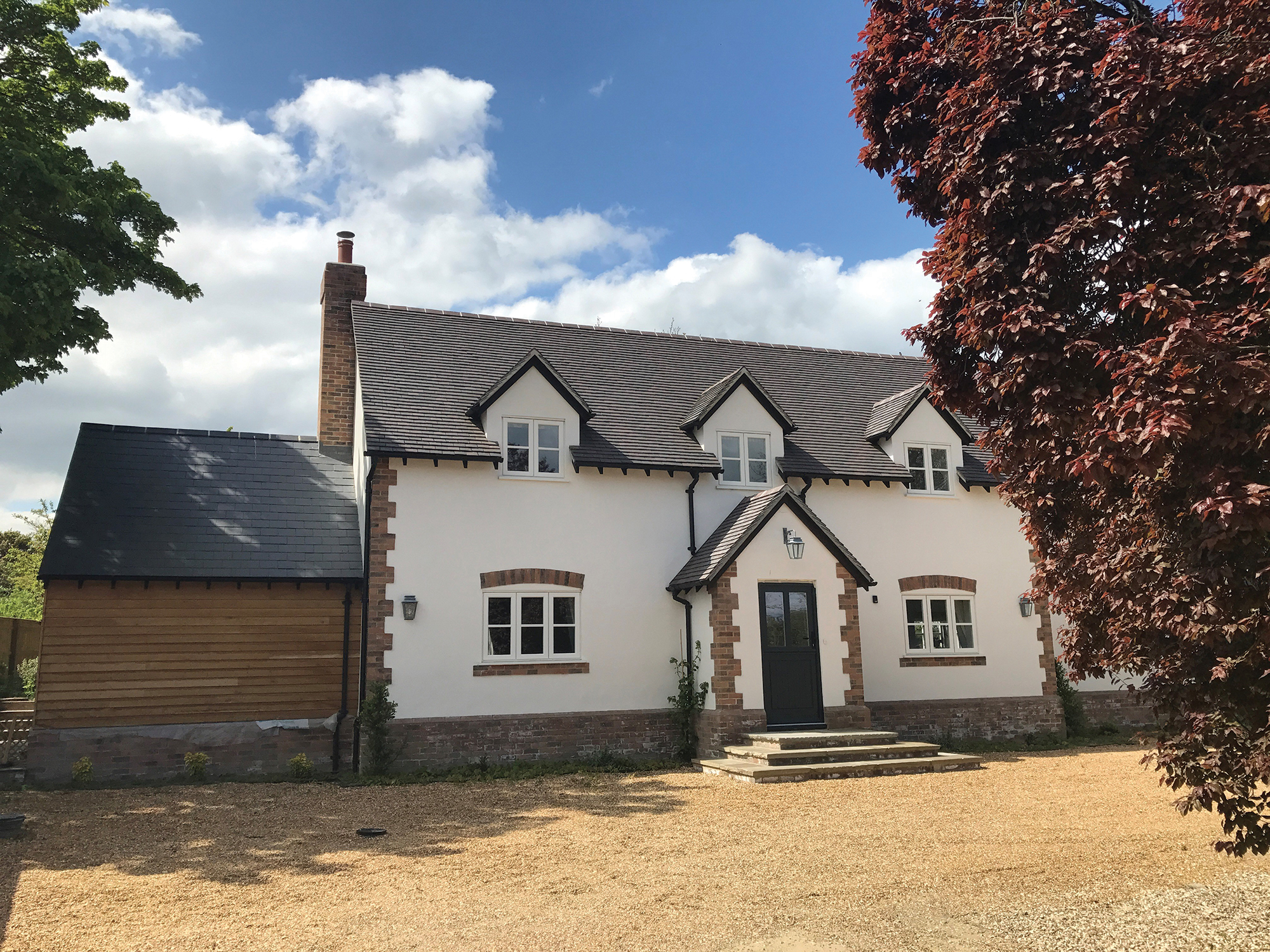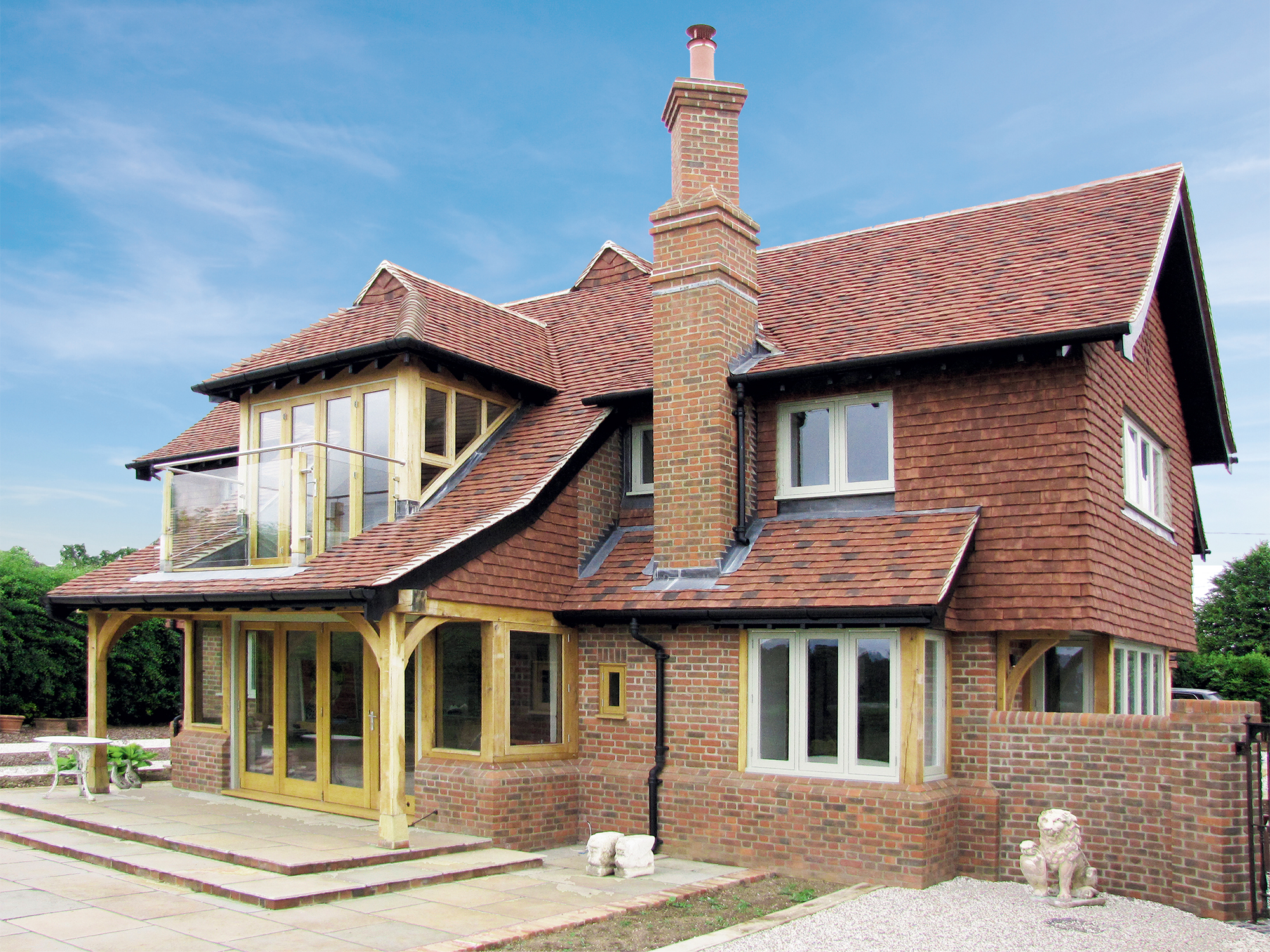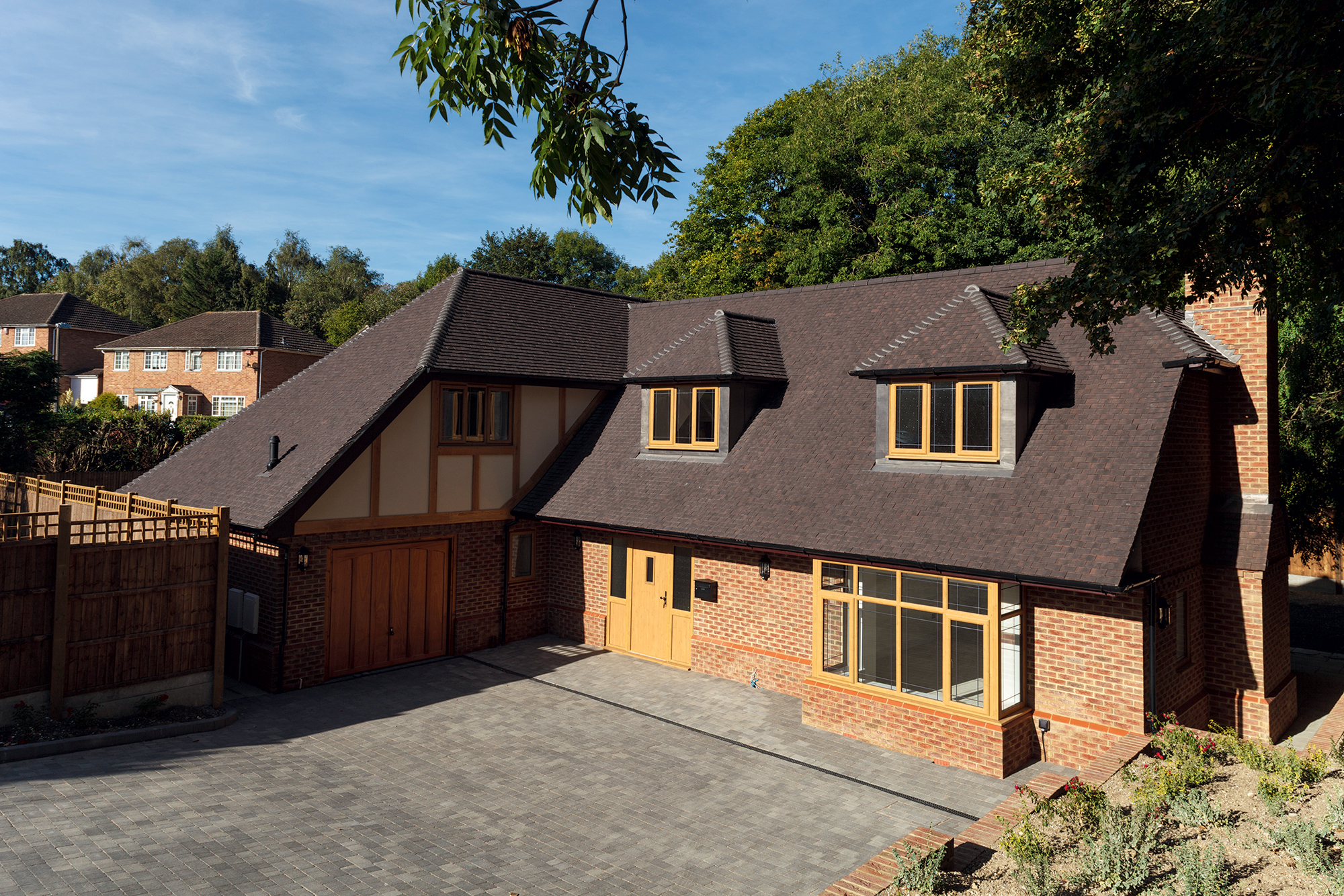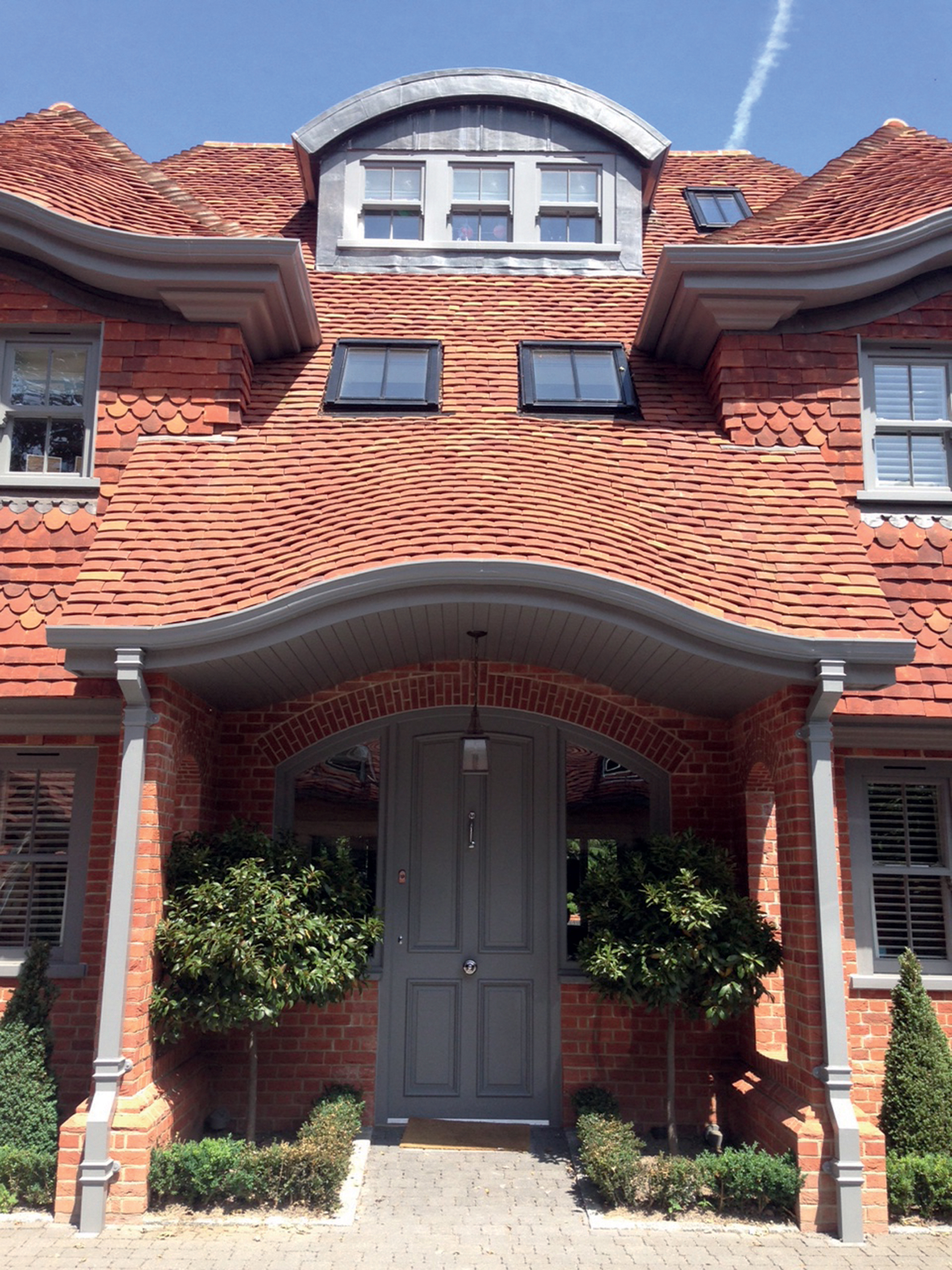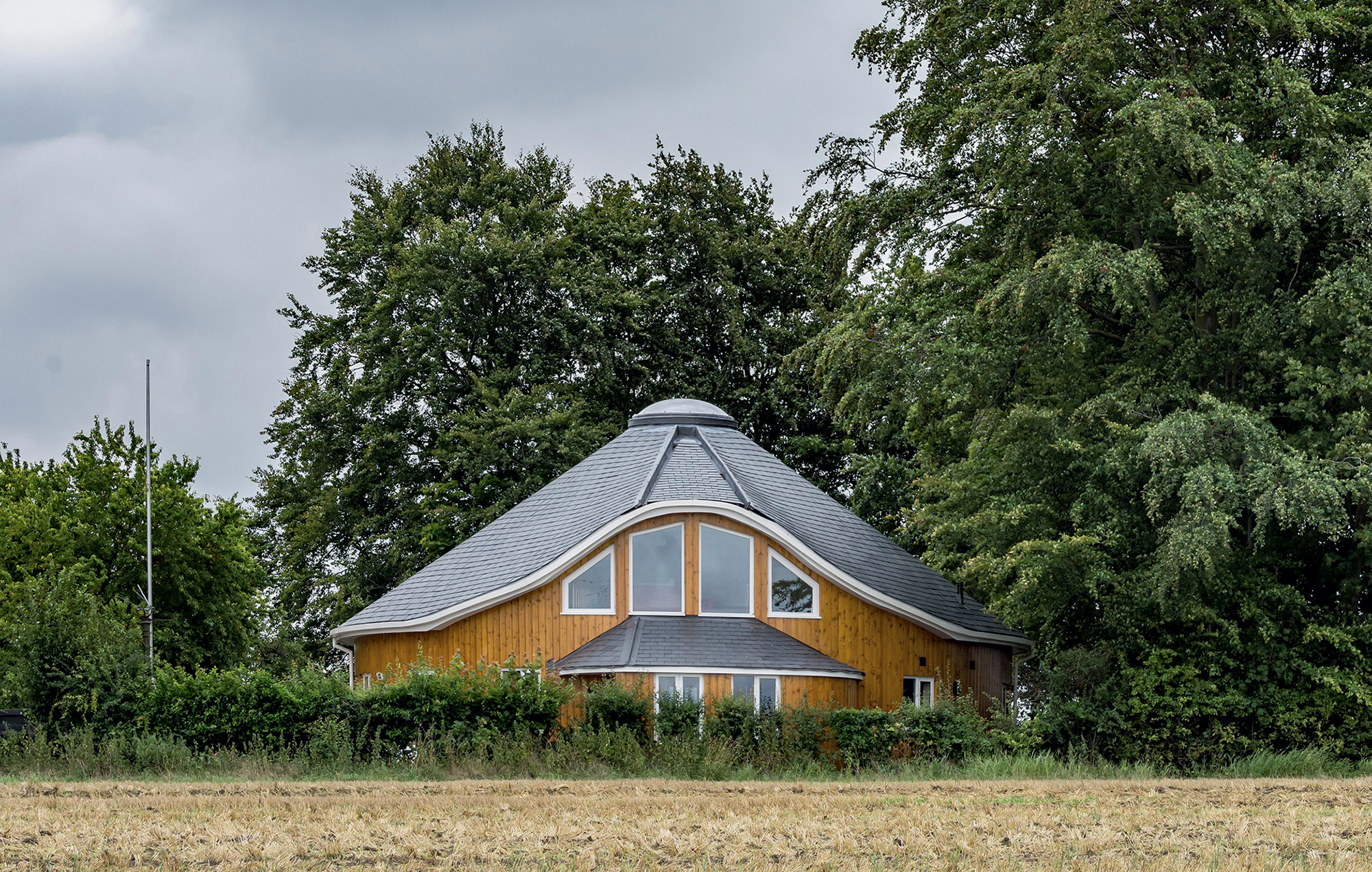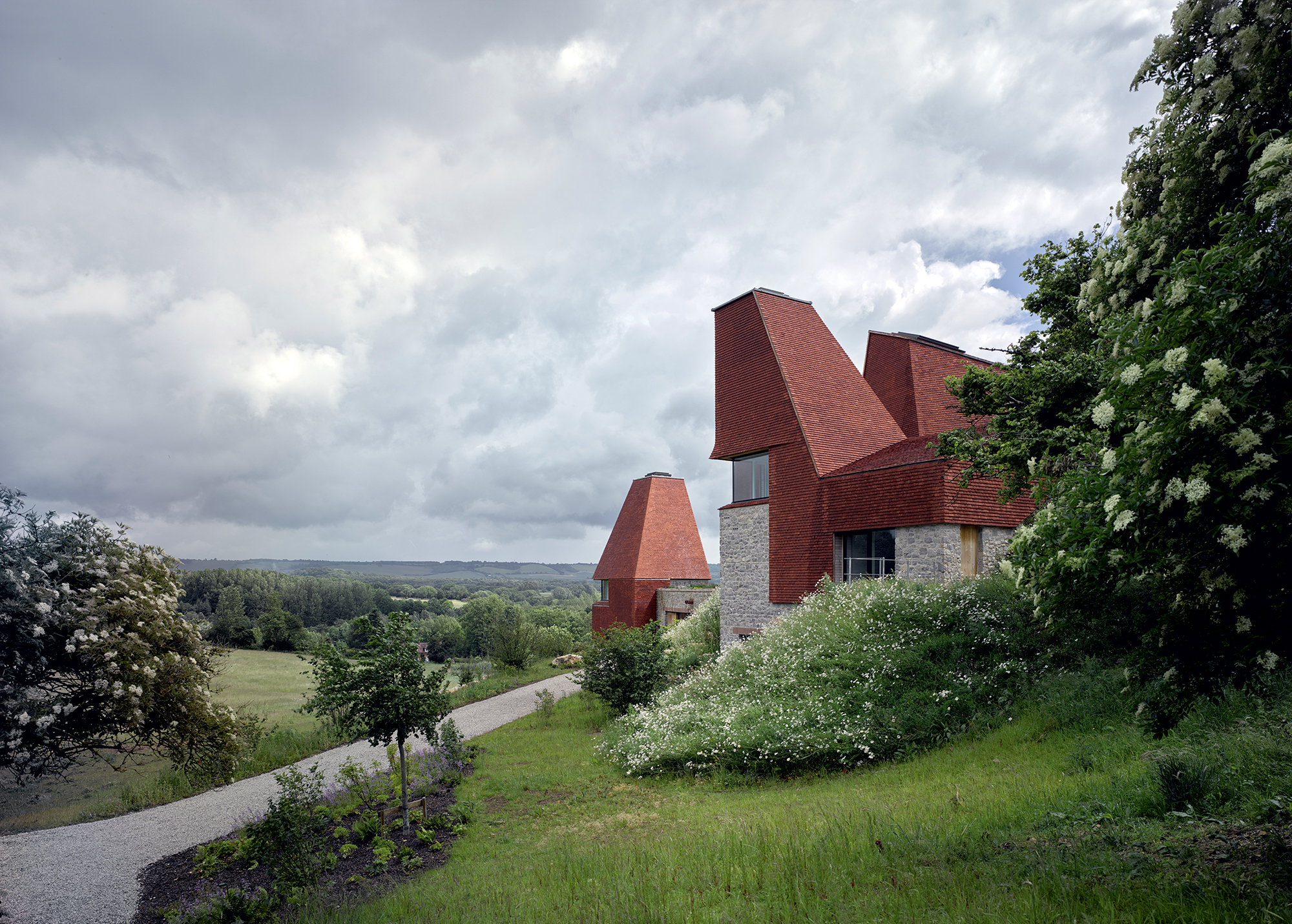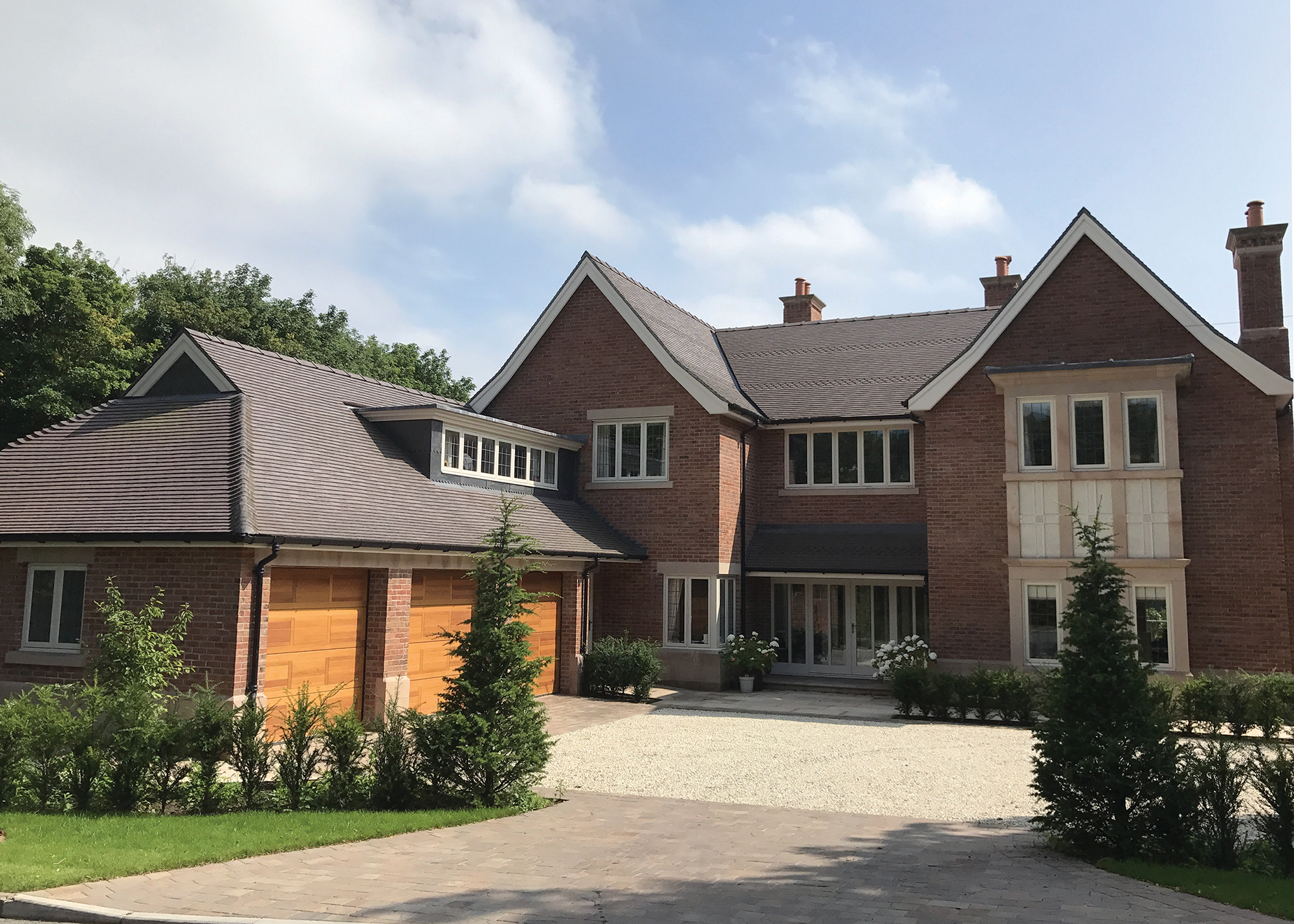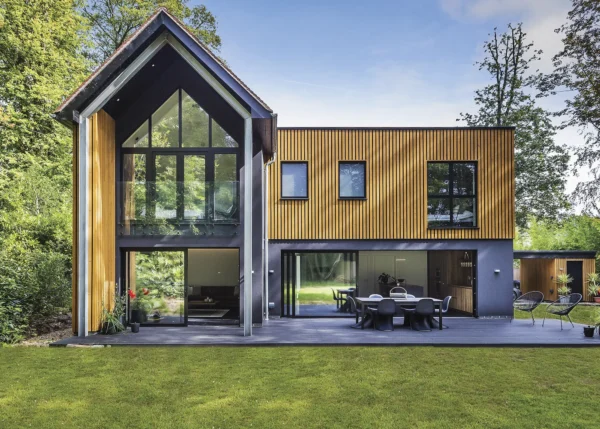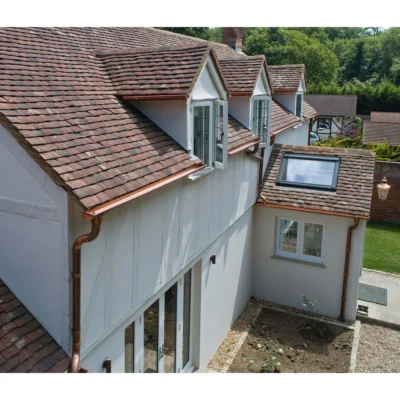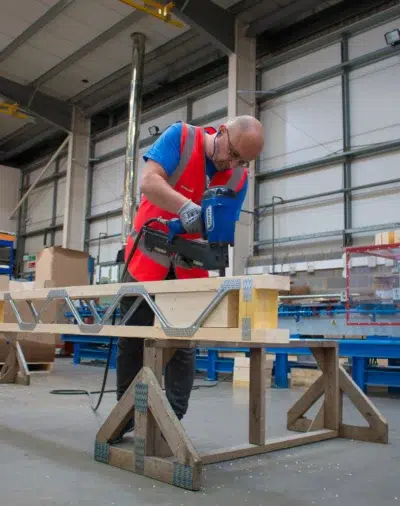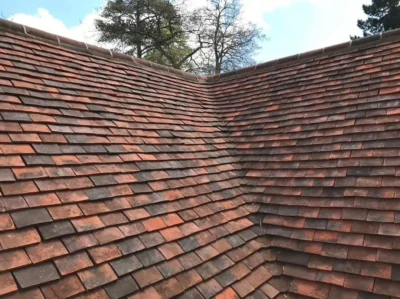Roof Tile Design Ideas
The roof can make up around 40% of the exterior of your home – so selecting the right finish is crucial. With a variety of tiling patterns and finishes on show, these inspiring projects will help set you on the right path.
Period
The subtle variations that add heritage character to the roof of this Oxfordshire self-build are the result of a carefully-selected blend of 70% Staffordshire Blue and 30% Dark Heather units from Dreadnought Tiles’ Classic handmade range.
“The roof is fairly large compared to the size of the building, so I knew I needed to find the right product,” says owner Bernice Cuthbert.
To achieve the best possible results, the roofers were careful to take their time getting the mix absolutely right on site. “I’ve been delighted with the tiles since day one,” says Bernice. This blend is available from £52.01 per m2 (including delivery but excluding VAT).
Handmade
If you’re keen to add character to your home, getting the perfect roof tile blend is crucial. This project features a combination of traditional mellow colours from Tudor Roof Tiles’ handmade plain clay range: 60% Medium Antique; 25% Red Antique; and 15% Jubilee (a subtle two-toned design with an earthy face colour and random dark staining).
The handmade plain tiles, which start at around £60 per m2, create a sense of a mature, time-weathered roof. The look is completed with quintessentially English bonnet hips.
Rustic
For this new build, Swift Roofing chose Rosemary Clay Craftsman Victorian tiles from Redland. Their dark, gritty texture adds real depth. The resulting weathered, traditional effect is perfect for this project, which is set in a valley and visible from many angles.
“We’re always looking for the wow factor,” says the company’s Alan Swift, who would otherwise have opted for reclaimed handmade tiles. “With new products you get a uniform colour and the right fittings. You also get a guarantee, which you don’t with second-hand tiles.”
Natural
With its elegant curves, undulating dormers and plunging porch roof, this scheme makes a stunning statement. The homeowners specified a bespoke blend from Lifestiles’ range of Red, Heather and Orange handmade clay plain tiles. The mix was created specifically for this project and supplied pre-blended in the crates to avoid any issues for the roofer in terms of laying the tiles in the correct pattern.
The small format of plain tiles made them the perfect choice for such a detailed roof, allowing the covering to follow the lines of the structure below. As they’re handmade, no two units are the same, which gives a subtle and pleasing texture to the finished roof. Prices for a similar blend would start from around £41 per m2.
Curved
With its 12.5m-diameter curved floorplan and eyebrow window, this single-storey home in Cambridgeshire presented an exciting challenge for contractor Lander & Linsey Roofing. “The circular 30° pitch meant we had to cut every single slate,” says directory Graham Linsey.
As they rose up the roof, the team used diminishing sizes of high-quality Cup R12 Excellence dark grey natural slate from Cupa Pizarras, cutting the units down to just 10cm in width at the top. “We also sourced composite tile battens to be able to bend them to the very tight radius,” says Graham.
The results are delightful, with the gradual undulations lending an organic feel that complements the vertical timber cladding and helps bed the house into its leafy setting.
Contemporary
This modern take on a Kentish country home was recently revealed as the winner of 2017 RIBA House of the Year. The sustainable, contextual design is topped off with a unique roof involving a complex combination of shapes and angles.
The architects chose Keymer’s Country Peg Antique – attracted to its natural aesthetic and warmth of colour, achieved through the use of Wealdon clay and handmade techniques.
Complete Roofing Contractors fitted a total of 153,000 tiles to create the striking-looking roof, which was immaculately detailed thanks to close collaboration between the roofers, Keymer and the architects.
Patterned
Stephanie Snapes selected Dreadnought Tiles’ Rustic Dark Heather plain clay tiles for her self-build in Derbyshire. Featuring a sanded finish and distressed tail edge, the machine-made units boast subtle variations thanks to the carefully-controlled kiln atmosphere. They’re available from £37.02 per m2 (including delivery but excluding VAT).
Extra detail has been added through the use of flared verges and ornamental club tile bands. “Clubs can be used in a variety of different patterns, from bands to diamonds, and tend to look best laid in odd numbers of courses,” says Dreadnought’s Dana Patrick-Smith. “In this job they were used in a matching colour, but they can also work in a contrasting hue to suit the brickwork.
Top tips for choosing roof tiles
The right product will be one that fits with the overall aesthetic of your home. You should spend as much time researching the roof tiles as you do the brickwork, windows, doors and other external finishes.
Planning considerations can have a major bearing on what works for your project – you may well need to take inspiration from local materials.
Natural options made of clay or slate offer the best durability, as the colour runs all the way through. Concrete is significantly cheaper, but the pigment fades over time.
An array of profiles is available to suit your scheme, from ever-popular plain tiles through to S-shaped pantiles (more prominent on the east coast and pockets of the south west of England) and Roman versions. Interlocking options are quick and cost-effective to lay, but don’t cut well – so they don’t tend to suit complex designs.
The pitch of the roof is important. Typically, plain tiles need a minimum of 35°; pantiles 30°; and slates 25°. Some modern interlocking profiles can be used on roofs as shallow as 12.5°. But the basic rule is, if you’re dealing with a low pitch, check the manufacturer’s guidelines.
Handmade products are the highest-quality selection in terms of clay plain tiles and pantiles. Each one has its own character, adding richness to the finished roof. However, they’ll have a pricetag to match. Handformed or handcrafted versions can offer a middle ground between this and machine-made units.
Blending tiles can help to add variation and character. Many manufacturers offer pre-selected mixes, but you can also specify your own bespoke blend.
Good quality slate will provide a beautiful, long-lasting covering. Always buy properly-certified products that meet European standards (indicated by a CE mark). Look for units independently accredited for low water absorbency and minimal levels of metallic sulphates and carbonates (which can cause staining and failures).
Slate alternatives are available in clay, concrete and fibre-cement to get a similar look for less; though they can’t quite replicate slate’s natural variegation.

































































































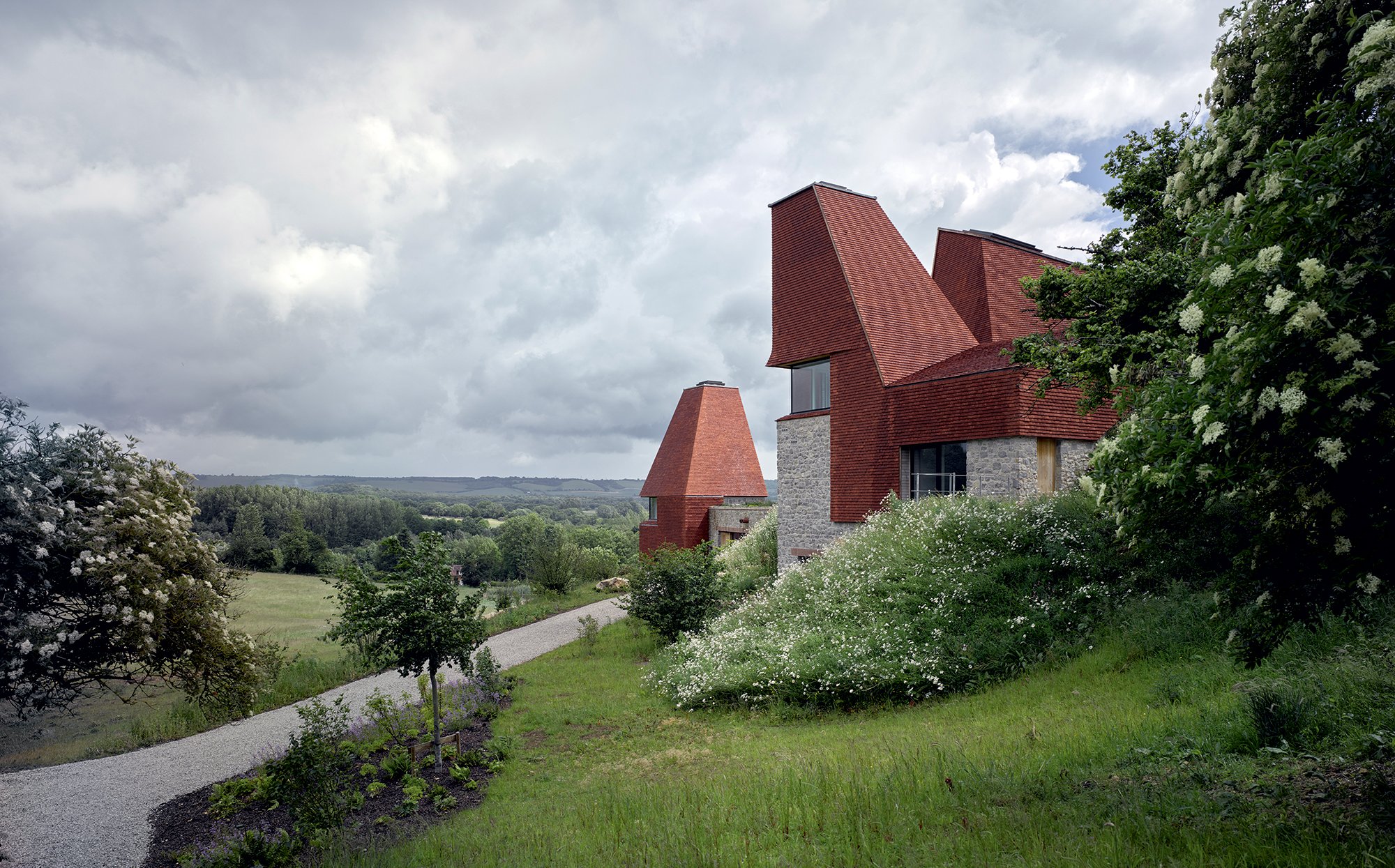
 Login/register to save Article for later
Login/register to save Article for later

